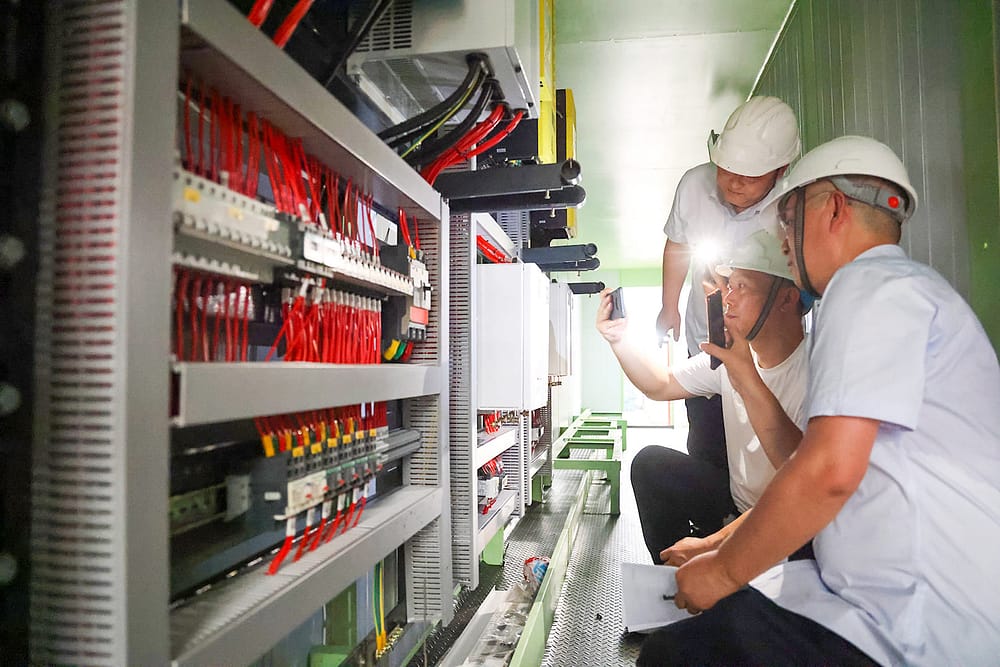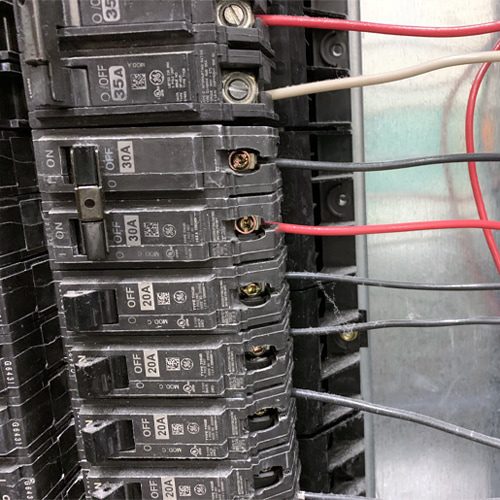Specialized regulatory compliance assistance services to meet industry standards.
Top Tips for Effective Electric System Troubleshooting
Troubleshooting electric systems requires a systematic method, based in a thorough understanding of electric concepts and security procedures. By acquainting oneself with circuit elements, using vital tools, and sticking to a structured analysis technique, specialists can efficiently identify and solve issues. The subtleties of reliable fixing expand beyond mere technological expertise; understanding exactly how to document findings and prioritize security can dramatically affect outcomes. As we explore these vital components further, it becomes clear that grasping this procedure is not simply useful but crucial for success in the field.
Understand the Essentials
Recognizing the essentials of electric systems is necessary for efficient troubleshooting, as a strong foundation permits specialists to diagnose and resolve issues extra successfully. A detailed grasp of electric concepts, such as voltage, present, resistance, and power, is vital in determining the origin of troubles. Voltage is the electrical potential distinction that drives present with a circuit, while resistance opposes the flow of existing, affecting the overall capability of the system.
Experience with circuit components, consisting of resistors, capacitors, diodes, and switches, is likewise vital. Each element plays a distinctive function in circuit actions and can affect efficiency when malfunctioning. Additionally, understanding collection and parallel circuit setups is vital, as these plans affect the distribution of voltage and present within the system.
Specialists need to be conscious of possible threats, such as shock and brief circuits, to execute secure troubleshooting techniques. By understanding these fundamental principles, technicians enhance their ability to carry out efficient diagnostics and repair services, inevitably leading to enhanced efficiency and dependability of electric systems (electrical system troubleshooting).
Gather Necessary Equipment
Efficient troubleshooting of electrical systems needs the best set of devices to identify and resolve concerns precisely. Important devices include a multimeter, which measures voltage, present, and resistance, allowing for specific examinations of electrical elements.
Furthermore, insulated hand devices such as screwdrivers, pliers, and wire pole dancers are important for securely controling electrical links. It is likewise advisable to have a circuit tester handy to verify the visibility of voltage in outlets and wires. For more facility systems, a thermal imaging cam can help find overheating components, suggesting potential failings.

Comply With a Systematic Method
Having gathered the suitable tools, the next step in fixing electrical systems is to comply with a methodical technique. A systematic method makes certain that professionals can recognize mistakes successfully and properly, decreasing downtime and protecting against unneeded fixings.
Begin by assessing the system's schematic layouts and requirements. Recognizing the layout and functional specifications will provide context for detecting concerns. Next, isolate the problem location by utilizing a procedure of elimination. This involves monitoring each element systematically, starting from the source of power and functioning towards the load.
Use testing devices, such as multimeters and oscilloscopes, to gather unbiased information concerning voltage, present, and resistance at different factors within the system. This empirical evidence will lead your troubleshooting initiatives and assist to confirm or remove potential root causes of failure.
In addition, take into consideration ecological elements that may affect the system's performance, such as temperature level changes or moisture ingress. An extensive evaluation of wiring, connections, and parts will make certain that all possibilities are made up.
File Your Searchings For
Complete documents is important in the fixing process of electric systems. This technique not just aids in comprehending the origin reason of the issue yet additionally offers as a referral for future troubleshooting efforts.

In addition, keeping a log of parts replaced or fixings performed is vital. This info supports supply administration and can help analyze the durability and dependability see this page of particular parts.
Eventually, look at this web-site the documentation procedure must be extensive yet concise, enabling very easy access and review - electrical system troubleshooting. By prioritizing detailed documents, professionals can create a beneficial data base that not only help in present troubleshooting yet likewise empowers future upkeep initiatives, thus enhancing total system dependability

Prioritize Security Steps
Identifying the fundamental dangers connected with electrical systems is critical for guaranteeing safety and security during troubleshooting. Electrical shock, burns, and devices damages are simply a few of the potential threats that specialists encounter. Focusing on precaution is not just a lawful commitment but likewise an ethical essential that safeguards both the service technician and the surrounding setting.
Prior to commencing any troubleshooting task, service technicians need to don appropriate personal protective devices (PPE), consisting of protected gloves, shatterproof glass, and flame-resistant garments. Making certain that the job location is completely dry and without clutter can considerably decrease the threat of accidents. It is vital to de-energize circuits before beginning any work, validating that they are not live via the usage of a multimeter or voltage tester.
Developing clear interaction methods with group participants is likewise crucial; this makes sure that everybody understands potential hazards and the status of the electric system being worked with. Finally, having an emergency reaction plan in area can verify vital in the occasion of an occurrence. By focusing on precaution, specialists can visit this page effectively minimize dangers and foster a more secure work environment.
Conclusion
Effective electric system troubleshooting counts on a detailed understanding of fundamental concepts and a methodical strategy. By gathering necessary devices, adhering to organized examination techniques, and diligently documenting findings, the fixing process ends up being more effective and reputable. Focusing on security measures ensures the health of individuals included and the honesty of the electrical system. Carrying out these strategies will boost the fixing experience, resulting in quicker resolutions and enhanced functional efficiency in electrical systems.